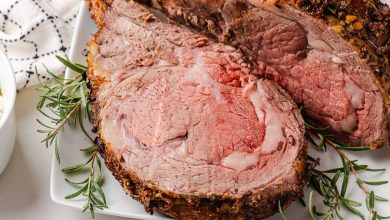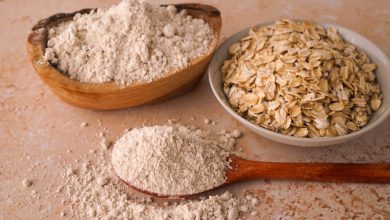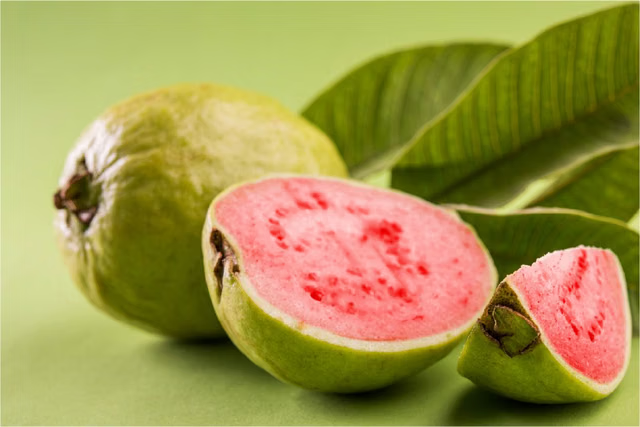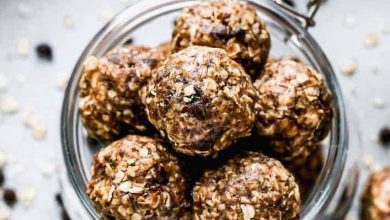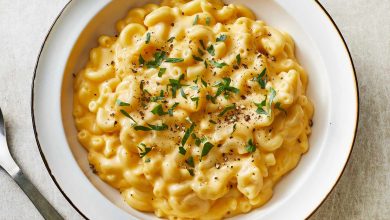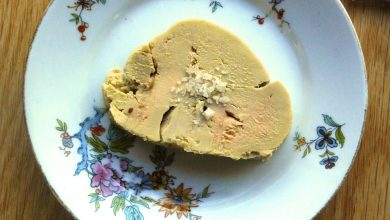Cuttlefish Mixed (Raw) – Nutritional Information
Cuttlefish, a type of cephalopod mollusk, offers a wealth of health benefits packed into a low-calorie, high-protein option. As a lean seafood, it’s an excellent addition to various dishes, offering a unique texture and a subtle flavor that pairs beautifully with a variety of seasonings and cooking methods. Whether grilled, sautéed, or added to soups and stews, raw cuttlefish can elevate any meal with its nutritional content and versatility. Here is a detailed breakdown of its nutritional profile per 100g serving:
| Nutrient | Amount (per 100g) |
|---|---|
| Energy | 79 kcal |
| Protein | 16.24 g |
| Total Fat | 0.7 g |
| Saturated Fat | 0.118 g |
| Carbohydrates | 0.82 g |
| Dietary Fiber | 0.0 g |
| Sugars | 0.0 g |
| Calcium | 90 mg |
| Iron | 6.02 mg |
| Magnesium | 30 mg |
| Phosphorus | 387 mg |
| Potassium | 354 mg |
| Sodium | 372 mg |
| Zinc | 1.73 mg |
| Copper | 0.587 mcg |
| Manganese | 0.11 mg |
| Selenium | 44.8 mcg |
| Vitamin C | 5.3 mg |
| Thiamine (Vitamin B1) | 0.009 mg |
| Riboflavin (Vitamin B2) | 0.91 mg |
| Niacin (Vitamin B3) | 1.216 mg |
| Vitamin B6 | 0.15 mg |
| Folate | 16 mcg |
| Vitamin B12 | 3.0 mcg |
| Vitamin A | 113 mcg |
| Vitamin E | 0 mg |
| Vitamin D2 | 0.0 mcg |
Allergen Information
Cuttlefish is classified as a shellfish, and it can trigger allergic reactions in individuals sensitive to shellfish or other seafood. Symptoms of seafood allergies can vary from mild to severe, including hives, swelling, or even anaphylaxis in extreme cases. It is recommended to avoid consuming cuttlefish if you have known shellfish allergies. Always be cautious about cross-contamination, especially when consuming cuttlefish in restaurants or as part of mixed seafood dishes.
Dietary Preferences
Cuttlefish is suitable for a variety of dietary preferences, including:
- Low-fat diets: With only 0.7 grams of fat per 100g serving, it is a lean source of protein.
- High-protein diets: Cuttlefish is an excellent source of lean protein, making it ideal for muscle repair and growth.
- Low-carb diets: With just 0.82 grams of carbohydrates, cuttlefish fits perfectly into low-carb meal plans.
- Gluten-free diets: Naturally gluten-free, cuttlefish is safe for individuals with gluten intolerance or celiac disease.
- Paleo and Keto diets: Due to its high protein and low carbohydrate content, cuttlefish is suitable for both Paleo and Keto diets.
- Mediterranean diet: As a seafood choice rich in essential nutrients like omega-3 fatty acids (though in smaller quantities), cuttlefish fits well into the Mediterranean diet that emphasizes fresh, nutrient-dense ingredients.
Advice for Preparing Cuttlefish
When working with cuttlefish, it’s essential to clean it properly, as the body contains an ink sac that may need to be removed before cooking. The skin can also be peeled off for a smoother texture. Fresh cuttlefish should be cooked promptly to preserve its delicate flavor and texture, as it can become rubbery if overcooked.
To enhance the flavor of cuttlefish, marinate it briefly with olive oil, garlic, lemon, or herbs before grilling or stir-frying. Its neutral flavor makes it an excellent candidate for incorporating into various sauces or broths. Cuttlefish is also a great addition to salads, pastas, or paired with vegetables for a light, protein-packed dish.
Conclusion
Cuttlefish is a nutrient-dense, low-calorie seafood that offers a variety of essential minerals like calcium, iron, phosphorus, and magnesium. It is also a significant source of vitamin B12 and selenium, both of which are vital for metabolic function and immune health. When incorporating cuttlefish into your meals, keep in mind its potential allergenic properties and ensure it is prepared correctly for the best culinary results. Whether you’re following a specific dietary plan or just looking for a delicious and healthy seafood option, cuttlefish is an excellent choice for enhancing both the nutrition and flavor of your meals.



